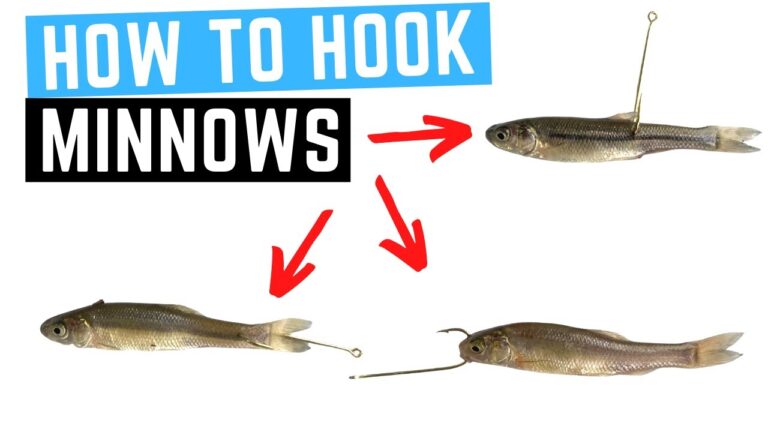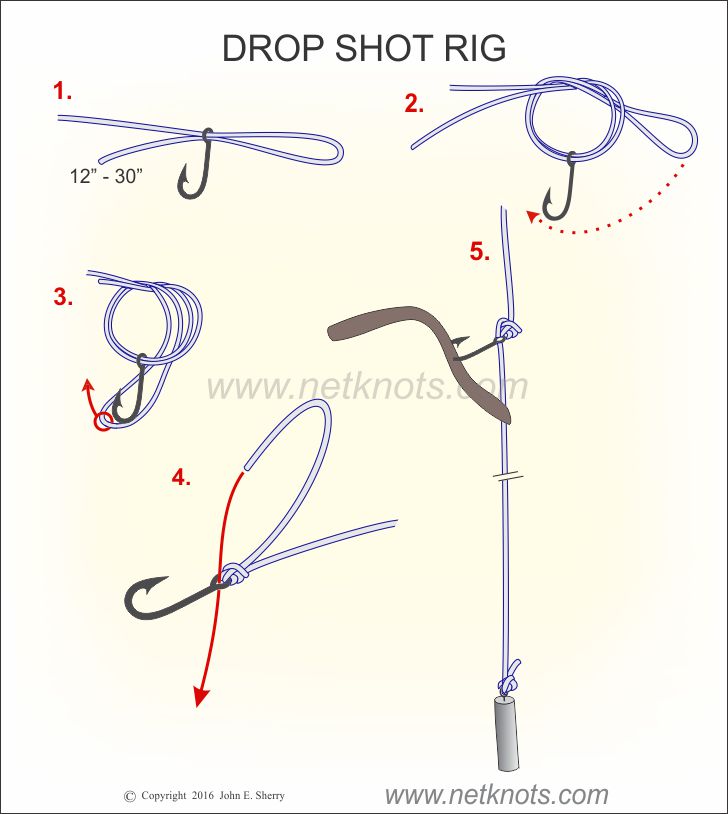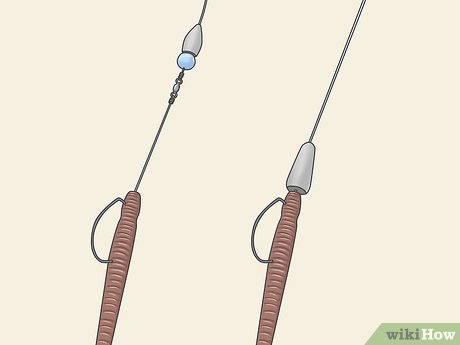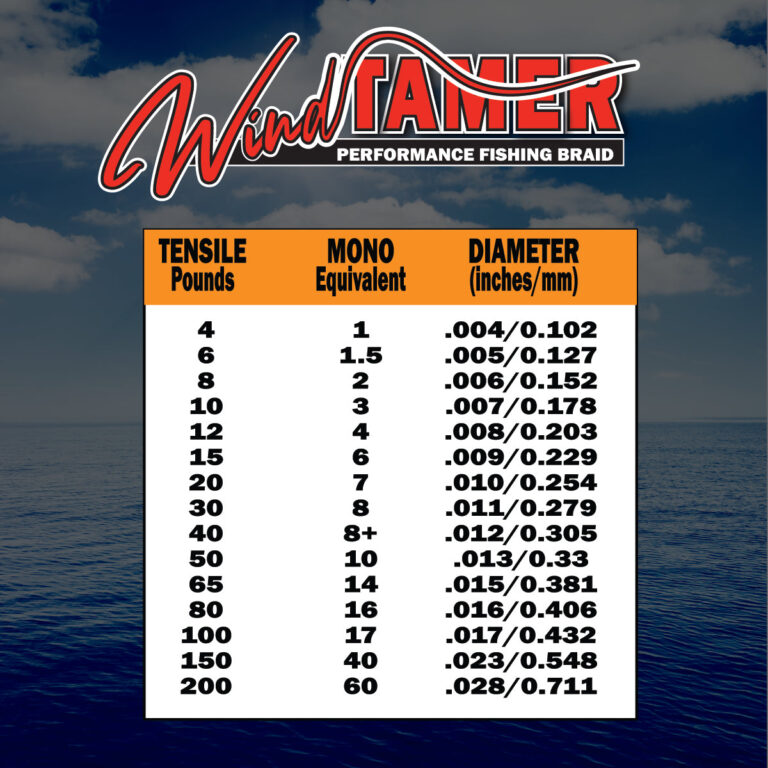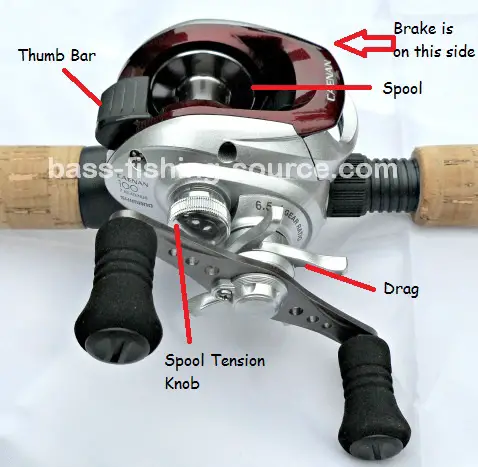How to Hook Rubber Worms

To hook rubber worms, thread the hook through the worm’s head and out its center. Secure the hook’s tip by embedding it slightly into the worm’s body.
Rubber worms are a staple for freshwater anglers, especially those targeting bass. Presenting these lures effectively can mean the difference between a good day of fishing and going home empty-handed. Knowing how to rig these soft baits is essential, as it influences the worm’s movement and allure under water.
With several rigging options available, such as the Texas rig or Carolina rig, anglers can adapt their approach to match the fishing conditions. Mastery of hooking rubber worms not only increases your chances of a catch but also enhances your overall fishing experience, making it a crucial skill for successful angling.

Credit: fishnatics.com
Selecting The Right Rubber Worm
Anglers know that choosing the right rubber worm is vital. Many types of rubber worms exist. Each type has a special job. Ribbon tails wiggle fiercely in water. Straight worms slide smoothly. Both attract fish. Pick based on water clarity and temperature.
Size and color are key for success. Big worms suit hungry bass in murky water. Small worms work well when fish are picky. Bright colors are great for dark places. Natural colors match clear water. Think like a fish to make the best choice!
| Type | Size | Color | Best For |
|---|---|---|---|
| Ribbon tail | Large | Bright | Murky water |
| Straight worm | Small | Natural | Clear water |
Essential Gear For Worm Hooking
Selecting the right hook is crucial for successful worm hooking. Wide gap hooks work best with larger worms, providing ample space for the hook to set. Use thinner hooks for smaller rubber worms to ensure a natural presentation. Ewg hooks, with their pronounced bend, are perfect for weedless setups, preventing snagging.
Fishing rod and reel compatibility is also key. A smooth-casting reel paired with a sensitive rod gives you the control and feel needed for worm fishing. It’s important to match the weight of the worm with the power rating of the rod. This ensures optimal casting accuracy and hook-setting power.
Hooking Techniques
The Texas Rig demands precision for optimal performance. Start by inserting the hook point into the worm’s head. Now, push it through about half an inch before threading it out. After the hook exits the worm, slide the worm up to the eyelet. Your goal is to reach the bend of the hook before turning it back towards the worm body. You must ensure the worm hangs straight to avoid line twists.
To secure the Carolina Rig, you’ll need a bullet weight on your line first. Follow by a bead, and finally, tie your hook. Again, pull the hook through the worm’s head, exiting about a quarter inch down. Unlike the Texas Rig, the weight and bead are not fixed and can move freely. This setup allows for longer, smoother casts and a natural bottom-bouncing action.
Perfecting The Presentation
To hook rubber worms effectively, proper casting techniques are key. Ensure your motions are smooth and precise. Aim for a spot that looks like fish might be hiding. Bold and confident casts often yield the best results. Practice makes perfect, so keep trying.
For retrieval methods, the goal is to mimic a real worm. Jerk the rod lightly to make the rubber worm move enticingly. Let it sink and then reel in slowly. This will make the worm seem alive. Fish find this hard to resist. Use varying speeds and pauses.
| Action | Effect on Rubber Worm |
|---|---|
| Short Twitches | Creates lifelike movement |
| Letting Sink | Imitates a worm diving |
| Slow Retrieve | Mimics natural motion |
Troubleshooting Common Issues
Solving Hook Slippage often involves checking your knot. Make sure it’s tight! Use knots like the Improved Clinch Knot for a secure fit. Also, consider adding a small dab of super glue on the hook. This can prevent your rubber worm from sliding down.
For Dealing with Tangles and Snags, be patient. Slowly and gently pull your line from different angles. Avoid yanking or pulling too hard, as it may worsen the tangle. Sometimes, using a lighter jig head can reduce snags. Slim-profile worms also tend to snag less. Hence, they are great for areas with lots of cover.

Credit: www.wikihow.com
Advanced Tips And Tricks
Seasonal worm fishing strategies require keen observation. Temperature shifts greatly influence rubber worm success. During spring, try lighter colors. Worms in shallow waters attract bass post-winter. Summers call for deeper fishing, with dark, bold colored worms.
Fall fishing mimics spring, yet focus on worm movement. Cold winter angling? Use slow, subtle techniques. Remember, worm action must reflect the season’s pace.
Water clarity affects worm choice. Clear waters favor natural looks. Vibrant colors work in murky conditions. Stormy weather? Bass might bite aggressive movements. Bright colored worms stand out then.
Barometric pressure has triggers for bass behavior. Low pressure? Bass go shallow, presenting an opportunity. High pressure often leads to deeper fishing tactics. Always be ready to tweak your methods!

Credit: www.wired2fish.com
Frequently Asked Questions Of How To Hook Rubber Worms
What Is The Best Way To Hook A Rubber Worm?
To effectively hook a rubber worm, thread the hook through the worm’s head and out its side, ensuring the worm hangs straight to appear natural in the water.
What Kind Of Hook For Rubber Worm?
For rubber worms, use a thin wire worm hook or an offset shank hook to ensure effective rigging and presentation.
What Is The Best Rig For Plastic Worms?
The Texas rig is highly effective for fishing with plastic worms, due to its weedless nature and versatility.
How Do You Put Rubber Bait On A Hook?
Start by piercing the tip of the rubber bait with the hook point. Thread the bait onto the hook, ensuring it sits straight. Adjust placement for natural movement in the water.
Conclusion
Perfecting the technique of hooking rubber worms pays off for any angler. Remember, secure knotting and appropriate placement enhance your bait’s realism, boosting your catch rate. Keep practicing and experimenting with different styles for the best results. Happy fishing, and may your lines always be tight!

